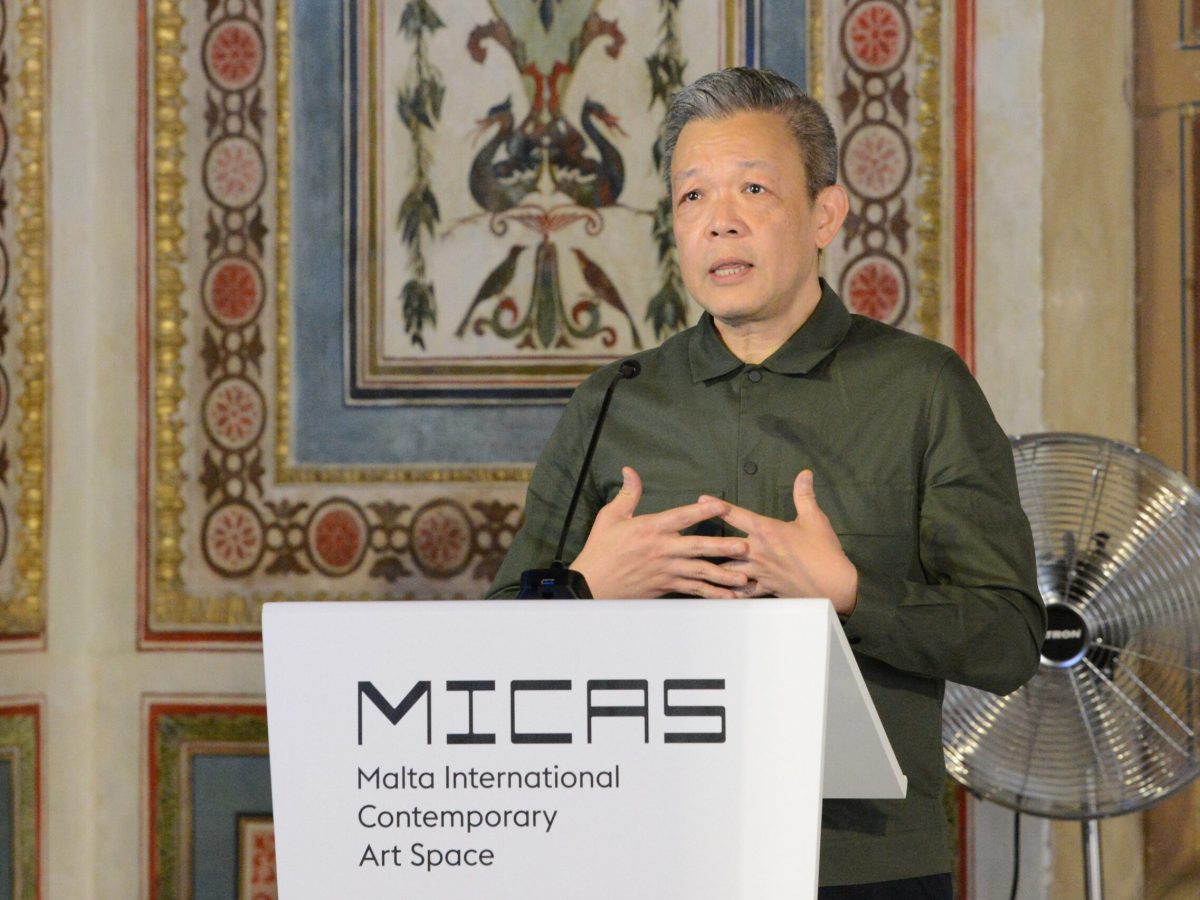
Local and international speakers from various creative disciplines, academia, architecture and applied ecology participated in the second edition of the MICAS Education Conference on Saturday morning at the National Museum of Archaeology in Valletta. The conference, organized by the MICAS Education and Community Programming Strand (MEC), allowed attendees to explore the challenges of dense urbanisation and the role of the urban garden space as a connector to natural habitats and biodiversity in the city.
MICAS Chairperson, Phyllis Muscat explained that it is MICAS’s responsibility, as a public cultural organization and an international platform, to facilitate participation and widen the discussion on challenges of contemporary culture through knowledge exchange and public engagement. “The purpose of these conferences, therefore, is to spur the public conversation on those issues that are relevant to society and to contemporary art,” Muscat said.
CJ Lim, Professor of Architecture and Urbanism, delivered a keynote presentation on ‘Romance and Resilience: Landscapes of the Imagination’ which explored the way environmental and cultural practices encode the poetics of resilience, and aim to project an idealised world to which the human is both estranged from and organically connected to. By providing various historic and current examples of how nature was integrated with architectural plans, Professor Lim argued that architecture should take all sorts of initiatives to engage and collaborate with the environment. “We need to engage with nature, take advantage of what nature provides and integrate it into urban spaces. We must see the added value to each scheme, that if you consider nature and consider it a key player to your resilient strategy it will bring extra value,” he explained.
Another keynote presentation, delivered by Dr Mario Balzan, a senior lecturer at MCAST, focused on ‘Planning effective and multifunctional nature-based solutions: insights from the case-study of Malta’. Through the presentation of case studies from Malta, he analysed the use of urban ecosystem service assessments to prioritise nature-based solutions based on existing distributional patterns, and barriers and enablers to mainstreaming these solutions in decision-making. Drawing on these case studies, he presented recent collaborative work to address gaps in knowledge and practice, while engaging with communities to co-create nature-based solutions.
These ideas, together with other contributions and examples of how the MICAS build will connect the natural habitats and historic landscapes of the site within its overall design were discussed by panellists Georgina Portelli, Andrew Darragh, Anton Grech, Elisabeth Conrad, Stephen Saliba and CJ Lim during an interactive discussion with the public.
The conference closed off with an address from the Minister for National Heritage, the Arts and Local Government, Owen Bonnici who emphasized on Government’s commitment to have enhanced but sustainable urbanisation through nature-based solutions that can stimulate economic growth as well as significantly improve the environment. “This will make our cities more attractive while crucially also enhancing the well-being of all our citizens,” he said. The Minister held that Government seeks to implement this vision through the adaptive reuse of heritage buildings and the development of green infrastructure. He pointed out that the MICAS project embodies this vision and commitment. “The repurposing of the historic landscape of the Old Ospizio and the development of the Sculpture Garden and new galleries will now reclaim an area of around 7,000m2 for public use,” he concluded.
This event was supported by the Ministry for National Heritage, the Arts and Local Government, European Regional Development Fund (ERDF) and Heritage Malta.
Share

Operational Programme I – European Structural and Investment Funds 2014-2020 “Fostering a competitive and sustainable economy to meet our challenges”. Project may be part-financed by the European Regional Development Fund Co-financing rate: 80% European Union Funds; 20% National Funds.


Operational Programme I – European Structural and Investment Funds 2014-2020 “Fostering a competitive and sustainable economy to meet our challenges”. Project may be part-financed by the European Regional Development Fund Co-financing rate: 80% European Union Funds; 20% National Funds.

© Malta International Contemporary Art Space 2023
© Malta International Contemporary Art Space 2023
© Malta International Contemporary Art Space 2024






Operational Programme I – European Structural and Investment Funds 2014-2020 “Fostering a competitive and sustainable economy to meet our challenges”. Project may be part-financed by the European Regional Development Fund Co-financing rate: 80% European Union Funds; 20% National Funds.


Operational Programme I – European Structural and Investment Funds 2014-2020 “Fostering a competitive and sustainable economy to meet our challenges”. Project may be part-financed by the European Regional Development Fund Co-financing rate: 80% European Union Funds; 20% National Funds.

© Malta International Contemporary Art Space 2023
© Malta International Contemporary Art Space 2024
© Malta International Contemporary Art Space 2024